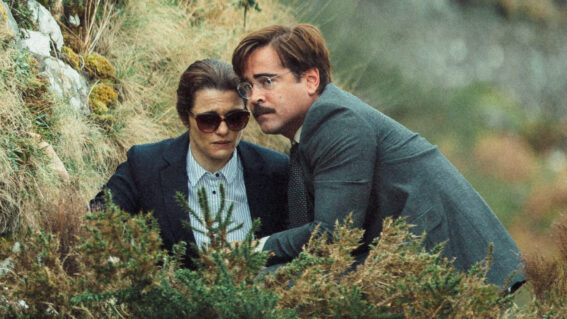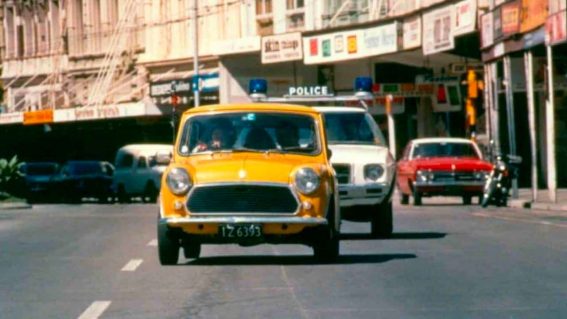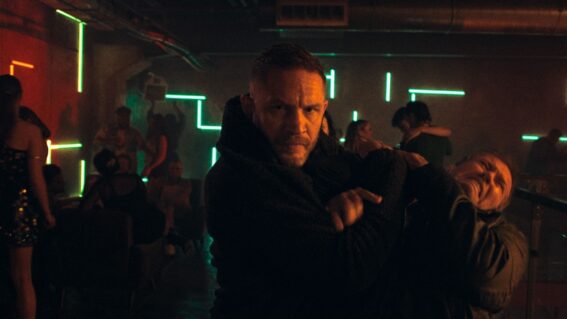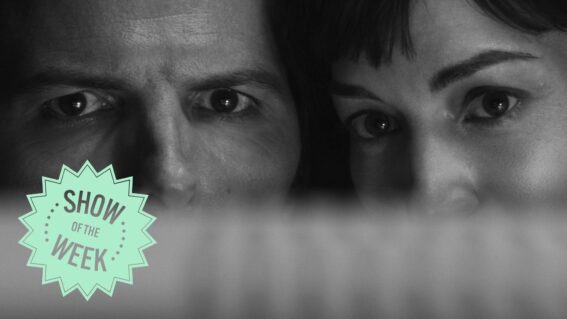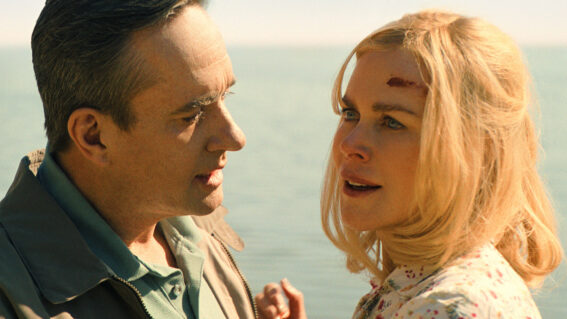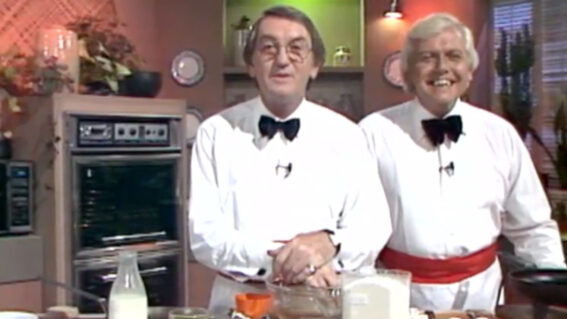Retrospective: Willow and the fantasy images it seared into memory
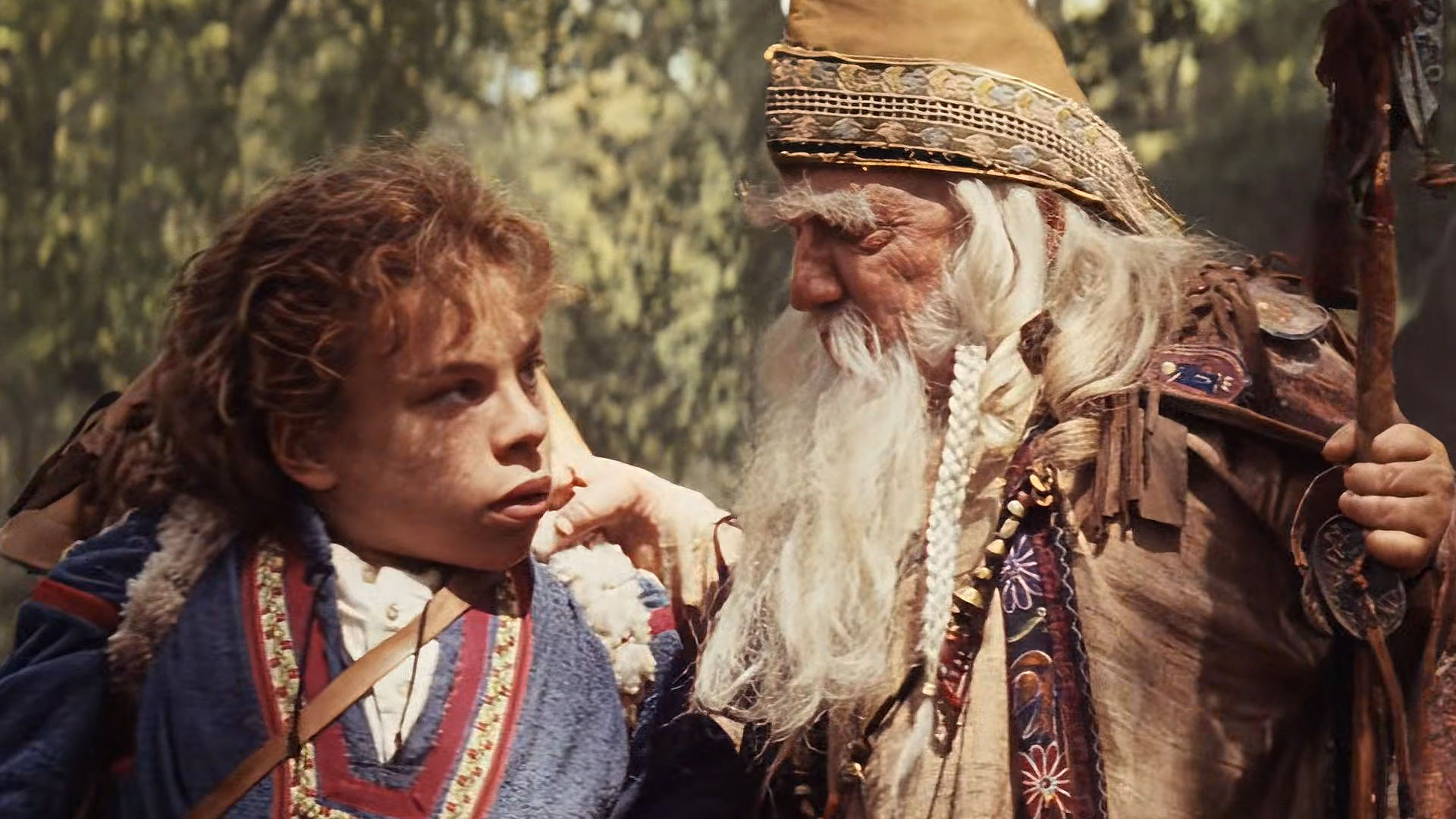
With a new live-action series of the same name coming to Disney+ later in the year, Tony Stamp revisits 1988’s Ron Howard/George Lucas fantasy Willow – all the more timely as it features a key monster sequence by special effects maestro Phil Tippett (whose 30-years-in-the-making Mad God is available to stream soon).
When a director builds a body of work, invariably discussion comes up about which of their movies is best. Whenever the films of Ron Howard enter the discussion, it’s not the adult dramas Backdraft or A Beautiful Mind at the forefront for me, but his 80s forays into sci-fi and fantasy, namely Splash, Cocoon and, especially, Willow.
I was raised on Fighting Fantasy role-playing novels, and devoured any literature I could that revolved around medieval lands, adventures and strange creatures. It always perplexed me that sword ‘n’ sorcery type stuff rarely made the leap to the big screen. The Princess Bride and Labyrinth were favourites, but they were different. PJ’s Lord of the Rings wouldn’t arrive for a good twenty years.
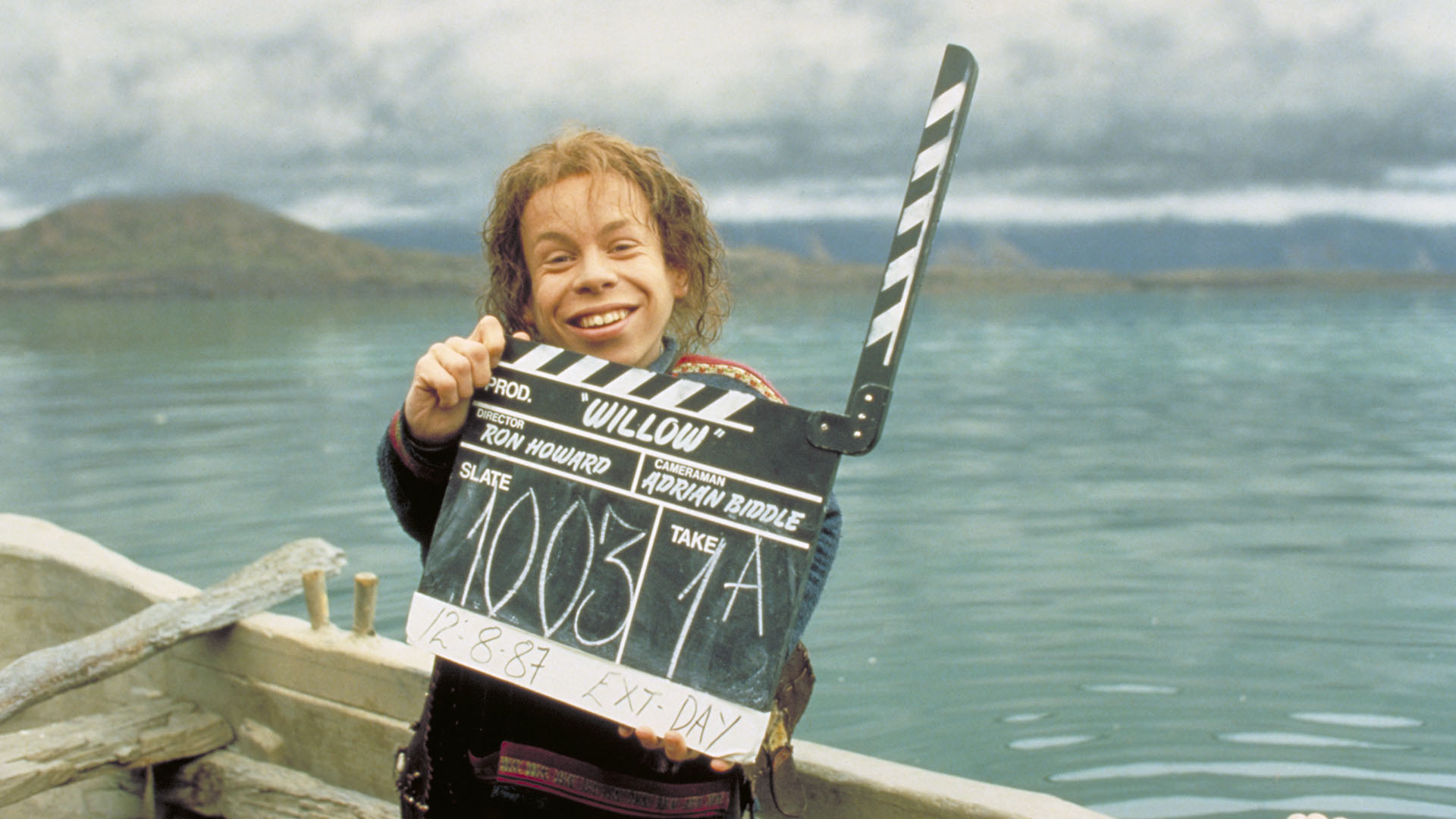
I was ten years old when Willow came out, and certain images landed hard, staying with me into adulthood—the Death Dogs (achieved by dressing rottweilers in fur suits and rubber masks); General Kael’s skull helmet; the sorceress Raziel morphing between different animal forms (a technological breakthrough that would go on to be used in Terminator 2); and the absolute highlight, a realisation of what I had imagined while reading all those fantasy books—the two-headed Eborsisk monster, executed via go-motion by effects legend Phil Tippett, the madman behind this year’s Mad God.
It’s hard to watch Willow and not spot the similarities between it and Jackson’s Hobbit opus, not least because the story (penned by one George Lucas), starts with an isolated community of little people forced into a larger conflict, and continues to borrow from the Middle Earth books pretty liberally. Some scenes were even shot in NZ—the evil sorceress Bavmorda’s castle was inserted into footage shot at Tongariro National Park. Howard’s film almost feels like a dress rehearsal for Lord of the Rings, with cameras sweeping around people walking places, just on a much more modest scale.
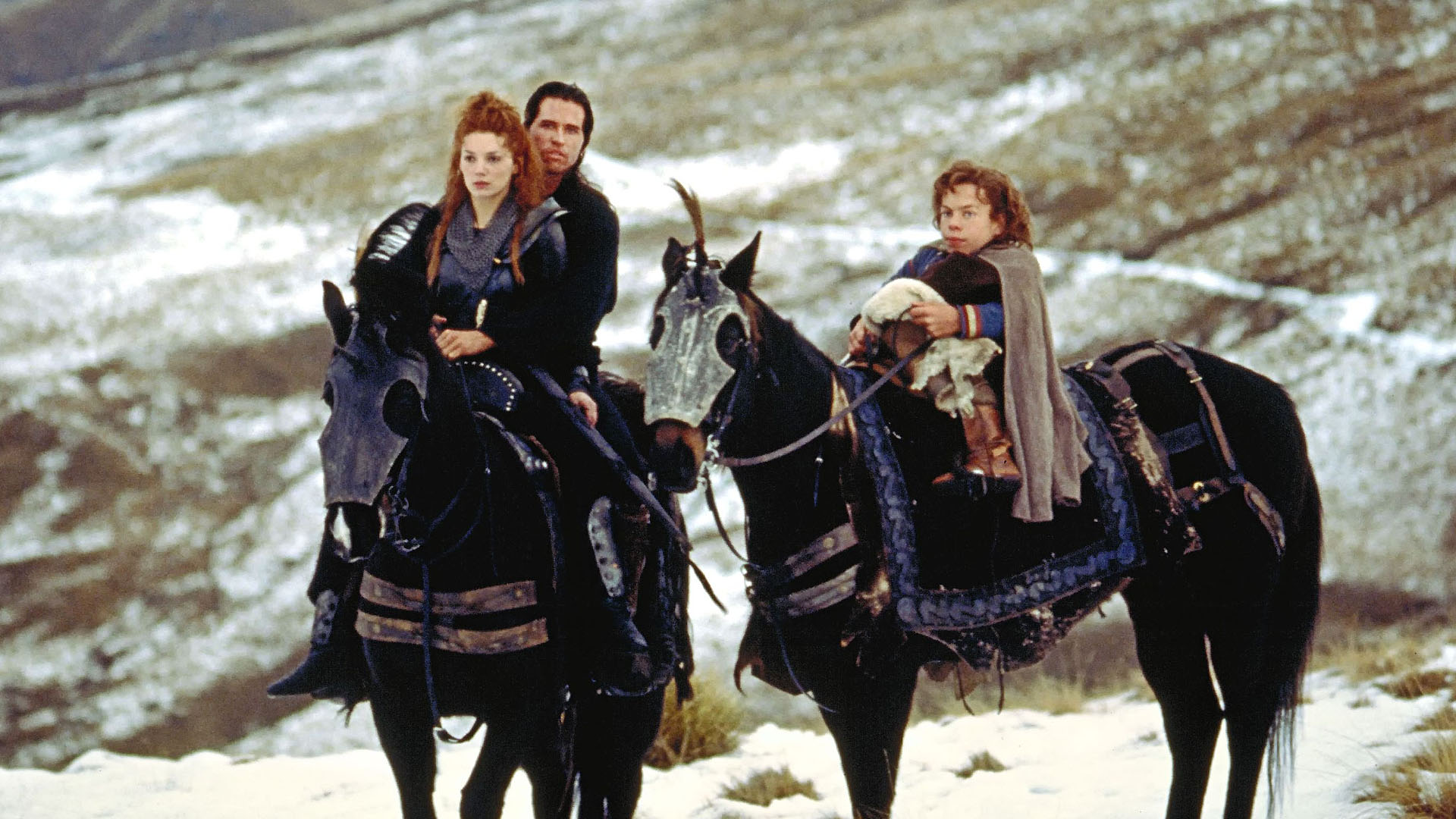
It’s also a good reminder that Lucas can really tell a story when he wants to, as well as colour the scenery with details. Similar to Star Wars, the world of Willow is stuffed full of mythology that didn’t end up on screen—looking up the characters reveals extensive history and worldbuilding around each one. The names all have that Lucas magic too—Willow Ufgood, Elora Danan, Madmartigan, Sorsha and more all roll off the tongue like names that should exist, even though he probably thought them up on a whim. Less subtle is naming the baddie general after critic Pauline Kael, and the two-headed beastie a hybrid of Ebert & Siskel.
All that aside, the nuts and bolts of the story are simple and effective. A sort of Luke/Leia/Han dynamic evolves between the three leads—Willow played by Warwick Davis represents innocence and heroism, Joanne Whalley’s Sorsha is technically a princess, albeit one who turns from the dark side to the light, and Madmartigan is a loveable rogue. Val Kilmer nails the role of reluctant hero, always charming even when filthy and stuck in a cage or running from someone he cuckolded. There’s a moment when he sighs just before jumping onto a large fantastical creature that’s a familiar blockbuster beat, but his screen presence is such that he sells it better than nearly anyone.
Also working to elevate this simple tale is James Horner’s score, its lead refrain so familiar it starts running through my mind whenever I think about the movie. On rewatch I noticed how sparingly it’s used throughout, then given a good thrashing during the finale. Horner also excels at underlining moments of wonder, using snippets of choir to signify magic.
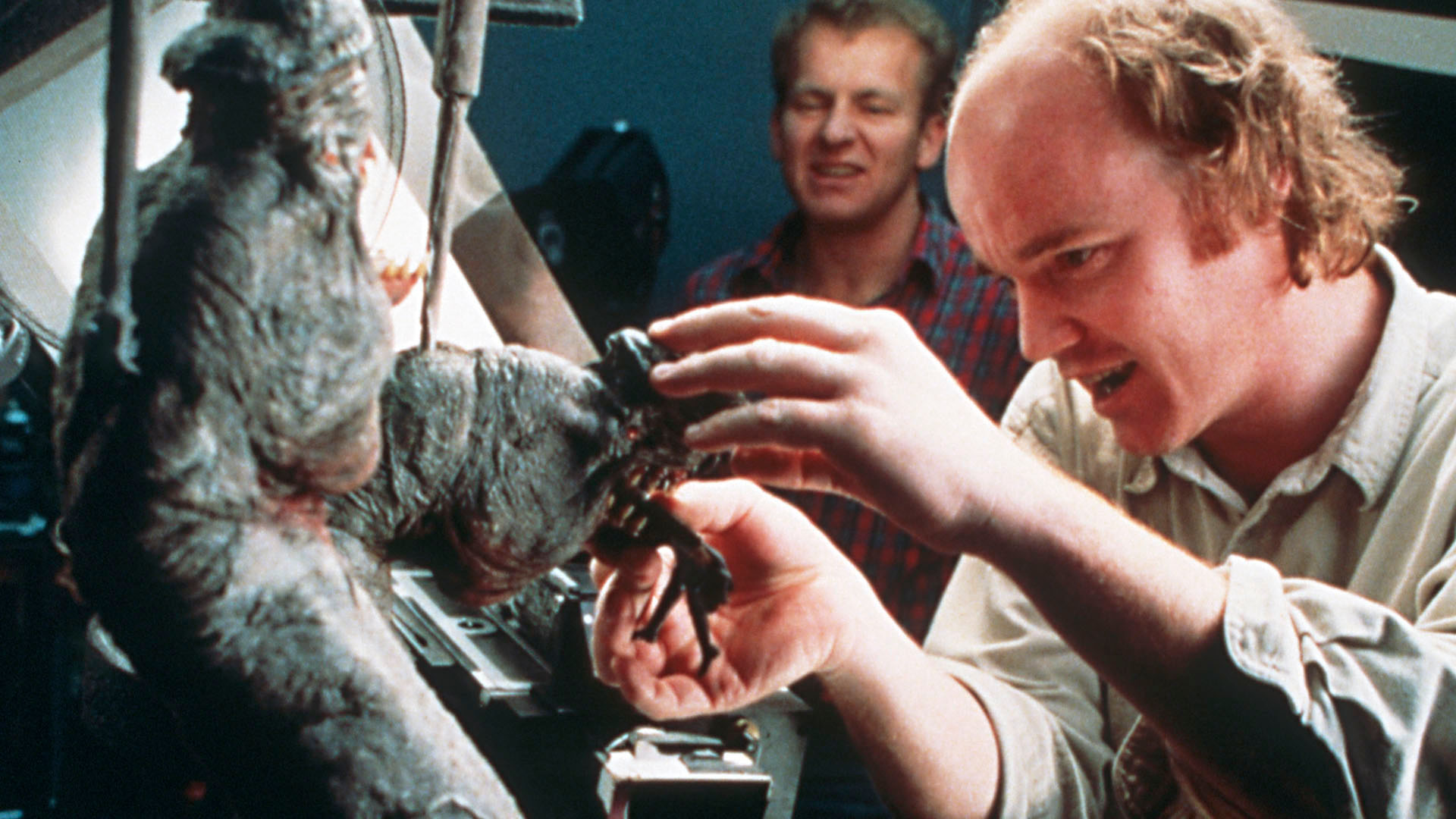
In amongst all this great craft though, it’s that double-headed Eborsisk that really stands out. The whole sequence is a doozy: our heroes arrive at an abandoned castle, finding its residents turned to stone. Just as enemy troops arrive they realise the place has a troll infestation, and Willow’s attempt at casting a spell on one turns it into the enormous monster. This happens in a pretty disgusting way, which makes more sense now that I’ve seen Mad God—I can only imagine Phil Tippett is responsible.
The troll collapses, and slimy tentacles emerge from it. They pull back its skin, peeling it like a grape, to reveal what looks like a big red brain underneath. Two moaning heads sprout out of the mound of flesh, panicking Willow and causing him to kick it into the moat. The waters begin to churn, and soon a much larger version appears. It’s the kind of ultra-distinctive creature design that used to be common, with a hint of the Rancor from Return of the Jedi in its off-putting faces, and lots of the bulky physicality that comes with practical effects.
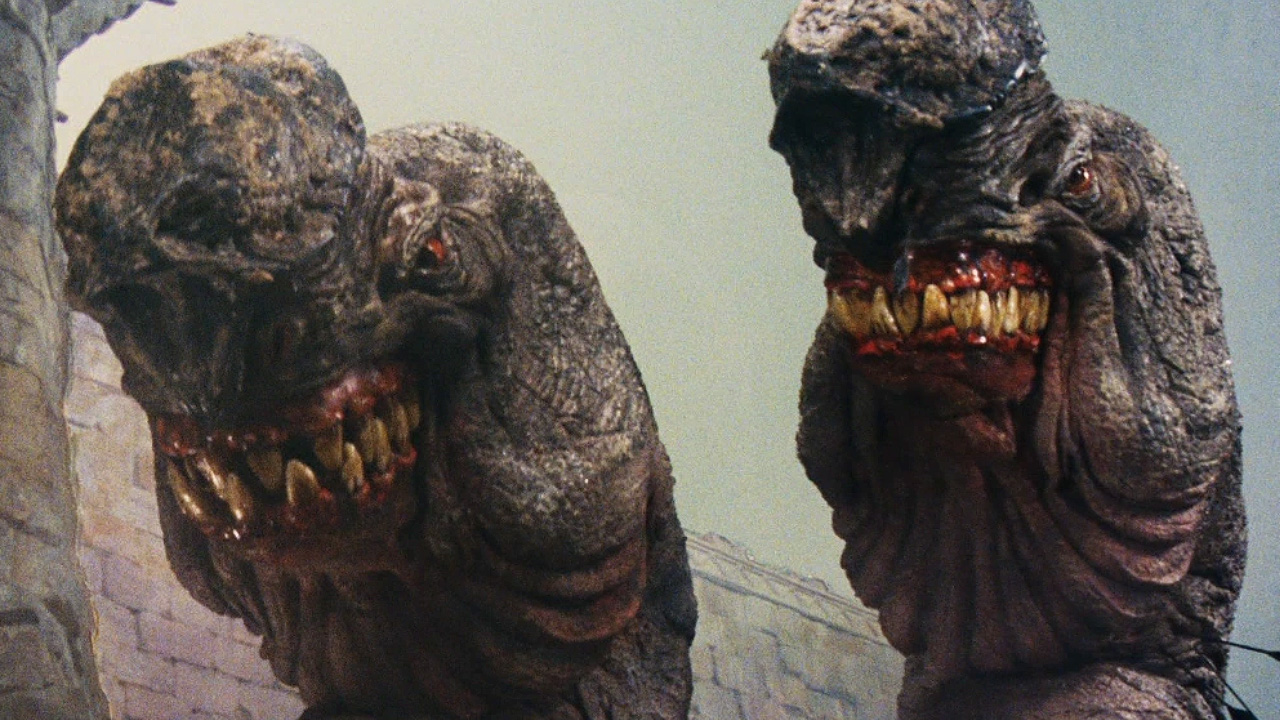
This whole sequence defined the film for me. It’s telling that, on rewatch, it arrives much later and is more brief than I remembered, the images and the wonder they provoked in younger me were so seared into memory.
And everything else… Well, it’s competent. Howard has a reputation as a no-frills filmmaker, who executes his stories with a minimum of flair, and that’s definitely true here. It does create an interesting tension between Lucas (and scriptwriter Bob Dolman)’s ideas, and Howard’s down-to-earth approach. Willow feels particularly old-fashioned on rewatch, partly because it’s largely shot outdoors, in real locations. It has that sense of dirtiness that coloured this type of picture prior to digital technology.
It also has lots of bones. Bones and skulls all over the place, which felt a bit shocking in a kid’s picture.
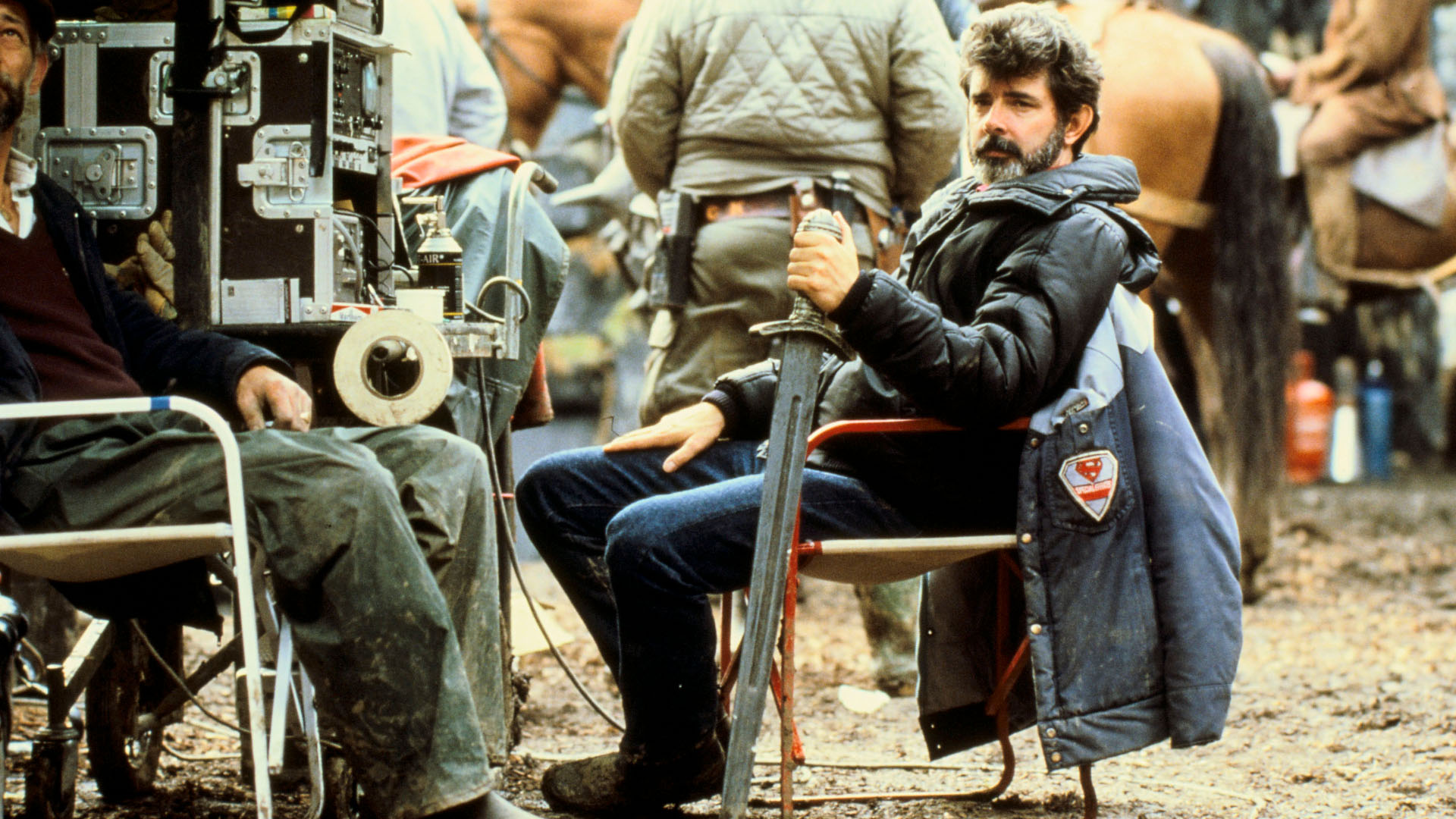
I wonder if this tone will carry over into the upcoming Willow series, streaming this November. I was nonplussed at the news, but then I watched the trailer and felt a wave of nostalgia wash over me. Which of course is the point. If anything it’s always nice to see Warwick Davis on screen, but whether the show contains any of those tactile moments that enriched my childhood—the Eborsik, the Death Dogs, the moment when most of the cast are graphically turned into pigs—remains to be seen.





